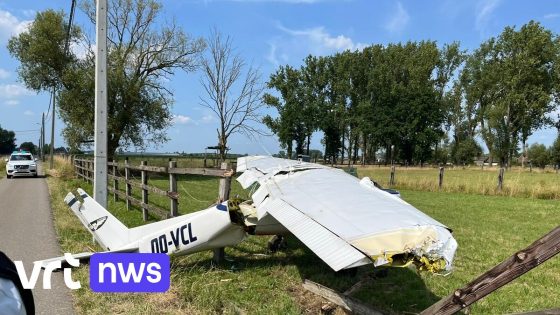A recent small aircraft emergency highlights the importance of pilot skill and quick thinking during in-flight engine failures. On 2025-07-09 23:07:00, a Belgian pilot encountered a critical motor problem that forced an urgent landing. The incident took place in a rural area, drawing attention to aviation safety in local airspace.
- Motor failure caused engine to shut down
- Pilot executed emergency landing successfully
- Plane hit fence after landing attempt
- Aircraft broke into two pieces
- Pilot and passenger remained unharmed
- Landing occurred in a cornfield area
According to Veerle Kerremans from the K-L-M police zone, the plane’s engine unexpectedly cut out mid-flight. The pilot managed to perform a controlled emergency landing, aiming for a nearby maize field. However, the aircraft clipped a fence, causing severe damage as it broke into two pieces. Remarkably, both the pilot and passenger escaped without injury.
What can this incident teach US about emergency preparedness and aircraft maintenance in Belgium? Let’s explore the key takeaways from this event.
How significant is pilot training when mechanical failures occur? This case underscores how crucial it is for pilots to remain calm and execute emergency protocols effectively. Additionally, it raises questions about preventive maintenance and the choice of landing sites in emergencies.
- Pilot’s quick response prevented potential injuries or worse.
- Engine failure highlights the need for rigorous aircraft inspections.
- Choosing a maize field minimized risk to people on the ground.
- Fence collision caused heavy damage but no casualties.
As aviation safety remains a priority, will local pilots receive more resources for emergency preparedness? Staying informed and supporting ongoing training initiatives will be vital to prevent similar incidents in the future.































